Order Passeriformes Infraorder Passerida Scientific name Petronia petronia Rank Species | Phylum Chordata Suborder Passeri Superfamily Passeroidea Higher classification Petronia | |
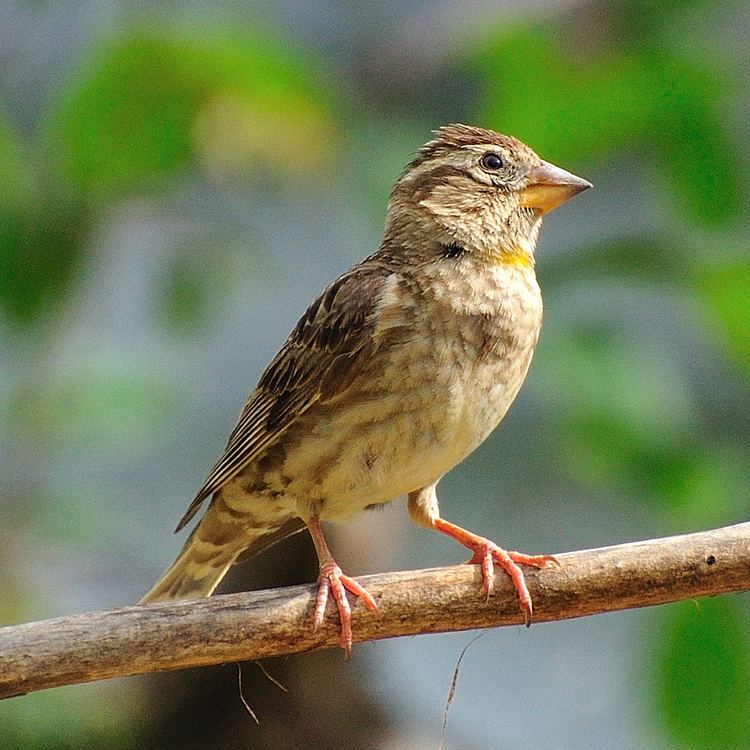 | ||
Similar Bird, Spanish sparrow, Black‑eared wheatear, Snowfinch, Greater short‑toed lark | ||
Rock sparrow near belchite spain 210914
The rock sparrow (Petronia petronia) is a small passerine bird. This sparrow breeds on barren rocky hills from the Iberian peninsula and western north Africa across southern Europe and through central Asia. It is largely resident in the west of its range, but Asian birds migrate to more southerly areas, or move down the mountains. Petronia is a local name for the rock sparrow from the Bologna area of Italy.
Contents
- Rock sparrow near belchite spain 210914
- Rock sparrow petronia petronia cyprus
- Description
- Phylogeny
- Distribution and habitat
- Diet
- Breeding
- References
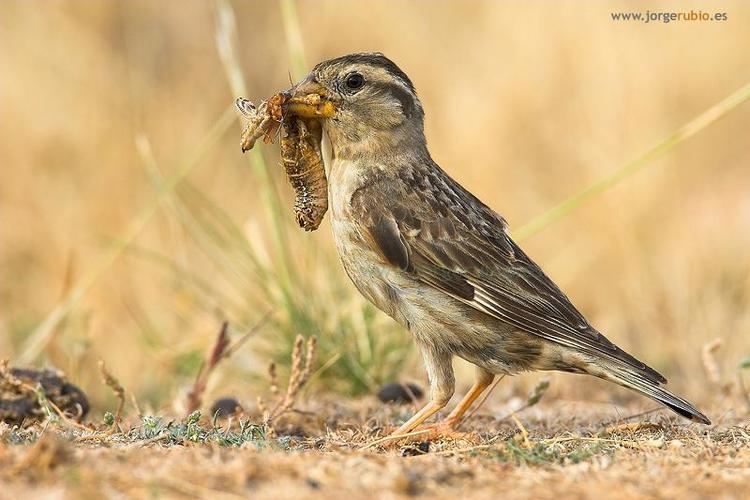
Rock sparrow petronia petronia cyprus
Description
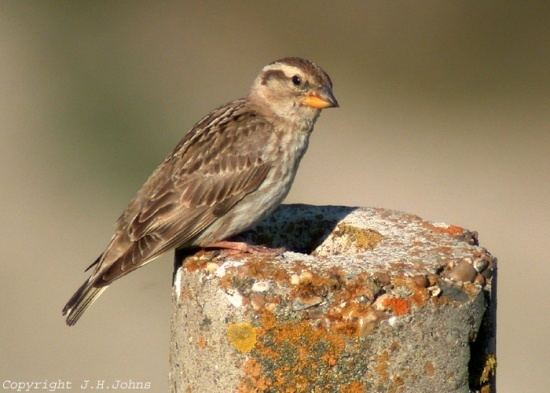
This species is a large stocky sparrow, 15–17 cm in length, with a strong whitish supercilium and weaker crown stripe. It has a patterned brown back and wings, streaked underparts, and a diagnostic, but hard-to-see, yellow throat spot. Petronia petronia are monochromatic, with a distinctive yellow patch on their upper breast that starkly contrasts the earth tones of their plumage. This carotenoid-based trait is present in both sexes, and plays an important role during the breeding season, signalling both attractiveness and social status. This bird has a loud wheezy song.
Phylogeny
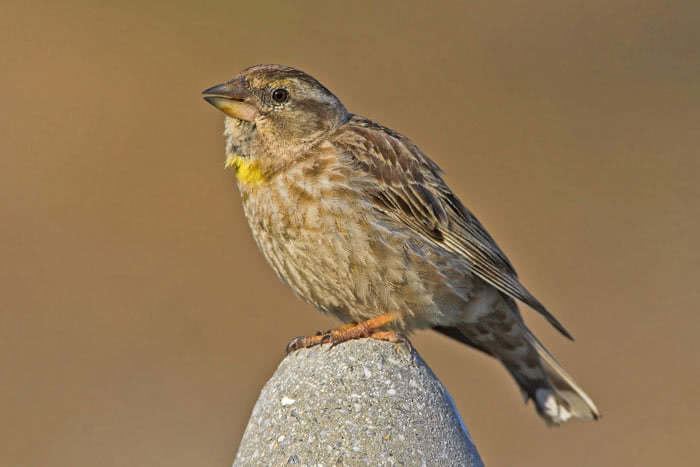
The phylogeny has been obtained by Antonio Arnaiz-Villena et al.; it seems to be a parental species to the family Passeridae.
Distribution and habitat
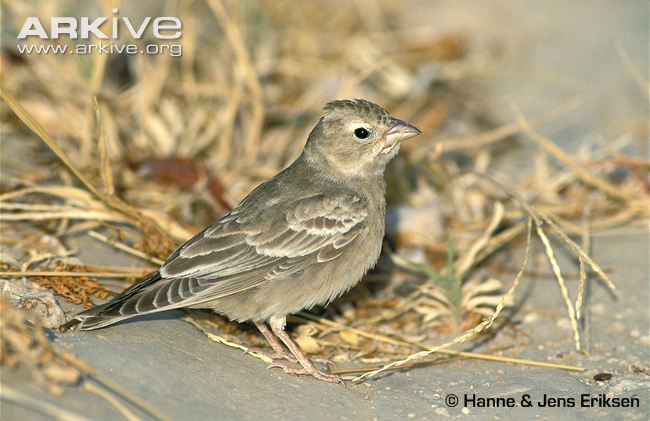
It is a rare vagrant north of its breeding range. There is just a single record from Great Britain, at Cley, Norfolk on 14 June 1981. This gregarious bird is also found in human settlements in suitable country.
Diet
The rock sparrow's food is mainly seeds with some insects.
Breeding
It nests in crevices in rocks or walls, laying three to seven eggs.
These birds exhibit many mating patterns, most notably monogamy and sequential and simultaneous polyandry; however, social monogamy is the most abundant mating pattern. The frequencies of these various mating patterns most likely vary with numerous ecological and social factors. Many studies have shown that both males and females prefer a mate with a larger yellow patch. It has also been shown that male brood defence behaviours increase with greater female ornamentation. Males also differentially allocate parental investment according to female ornamentation; this behaviour is not observed in females. In alpine colonies of Petronia petronia, females perform most of the provisioning. In Asian colonies, both males and females contribute equally to the care of the young. Males of larger sizes feed their young at higher rates, which suggests that larger males occupy better territories and/or are better fathers. Studies have found a positive correlation between male yellow breast patch size and nestling tarsus length, which suggests that more ornamented males are also better parents. Females increase the number of non-feeding visits to their nest as the season progresses, suggesting that because females have lesser opportunities to lay other clutches, it is most advantageous to support the survival of their current offspring. A positive relationship between the number of deserting females and the number of available males has been recorded.
